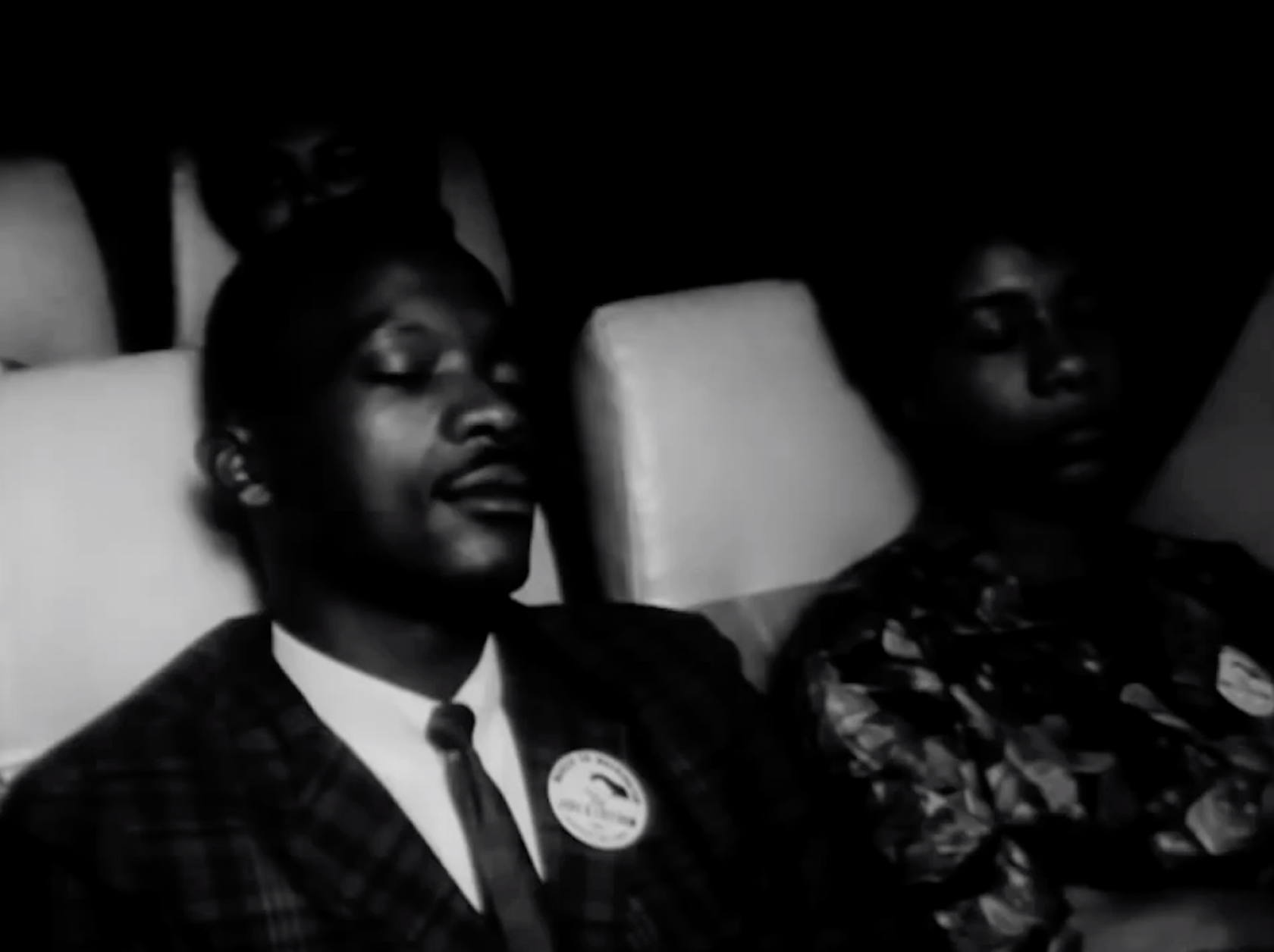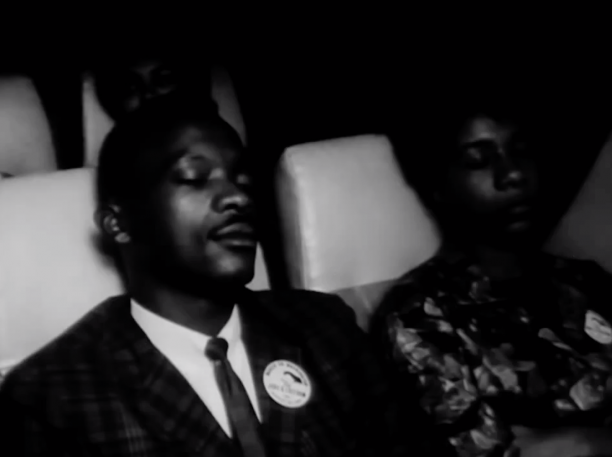Warning: Love Is the Message, The Message Is Death contains images and footage of historical and contemporary racial violence, including police brutality. Viewers are advised.
Three weeks ago, MOCA was invited by the Hirschhorn Museum and artist Arthur Jafa to join a multi-museum, 48-hour web screening of Love Is The Message, The Message Is Death (2016), Jafa's acclaimed meditation on the roots and realities of Black history and aesthetics. For the thirteen museums that own editions of the work, the collective presentation demonstrates a desire to share this profound film with as wide an audience as possible, in a time of widespread and urgent reckoning over the legacies and ongoing realities of racial violence and inequity. It is important to state that the screening is not intended to stand in for or ameliorate MOCA's own grappling with anti-Black racism, but to amplify the voice of this artist–and the voices in this artwork.
Arthur Jafa (b. 1960, Tupelo, Mississippi; lives in Los Angeles) is best known as a filmmaker and cinematographer. In Love Is the Message, The Message Is Death, the seven and a half powerful minutes of mostly found footage ranges from photographs of civil rights leaders watermarked with “Getty Images,” bird’s-eye view news coverage of the 1992 LA uprising, a police officer shooting a Black man in the back, and a wave of Black bodies dancing the “Dougie.” The rapid-fire tempo of these images is held in contrast to the swelling, sensual, gospel-inspired “Ultralight Beam” by Kanye West, whose lyrics—“this is a God dream, this is a God dream, this is everything”—envelop Jafa’s ruthless and rigorous editing with a transcendent lyricism. Jafa has stated that his aim is to “replicate the power, beauty, and alienation of Black music” in the space of film. In Love Is The Message, The Message Is Death, this proposition manifests in the relentless pace of bodily compression and release found in the movements and gestures of each scene, just as the appropriation and sampling of images moves from moments of excruciating violence to those of soaring creativity and euphoria.
PARTICIPATING PARTNERS
The global consortium of participating museums includes the Dallas Museum of Art; Glenstone Foundation; High Museum of Art in Atlanta; Hirshhorn Museum and Sculpture Garden in Washington, DC; The Museum of Contemporary Art, Los Angeles; Studio Museum in Harlem; Julia Stoschek Collection Berlin; LUMA Arles; Pinault Collection in Paris and Palazzo Grassi in Venice; Smithsonian American Art Museum in Washington, DC; Stedelijk Museum in Amsterdam; and the Tate in London.
ARTIST BIO
Arthur Jafa (b. 1960, Tupelo, Mississippi) is an artist, filmmaker and cinematographer. Across three decades, Jafa has developed a dynamic practice comprising films, artefacts and happenings that reference and question the universal and specific articulations of Black being. Underscoring the many facets of Jafa’s practice is a recurring question: how can visual media, such as objects, static and moving images, transmit the equivalent "power, beauty and alienation" embedded within forms of Black music in US culture?
Jafa’s films have garnered acclaim at the Los Angeles, New York and Black Star Film Festivals and his artwork is represented in celebrated collections worldwide including The Metropolitan Museum of Art, The Museum of Modern Art, Tate, The San Francisco Museum of Modern Art, The Studio Museum in Harlem, The High Museum Atlanta, The Dallas Museum of Art, The Museum of Contemporary Art in Chicago, The Stedelijk, LUMA Foundation, The Perez Art Museum Miami, Los Angeles Museum of Contemporary Art, The Hirshhorn Museum and Sculpture Garden and the Smithsonian American Art Museum, among many others.
Jafa has recent and forthcoming exhibitions of his work at the Berkeley Art Museum and Pacific Film Archives; Moderna Museet, Stockholm; Fundação de Serralves, Porto; the 22nd Biennale of Sydney and the Louisiana Museum of Art, Denmark. In 2019, he received the Golden Lion for the Best Participant of the 58th Venice Biennale “May You Live in Interesting Times.”
Virtual MOCA is a new and daily digital series available on both moca.org and across MOCA's social media platforms. To enjoy the breadth of this program, please follow us on our social channels:
Instagram: @moca
Facebook: @mocalosangeles
Twitter: @mocalosangeles
All Virtual MOCA content is archived and sent out via email at the end of each week. For easy access to previous programs, subscribe to our mailing list.

